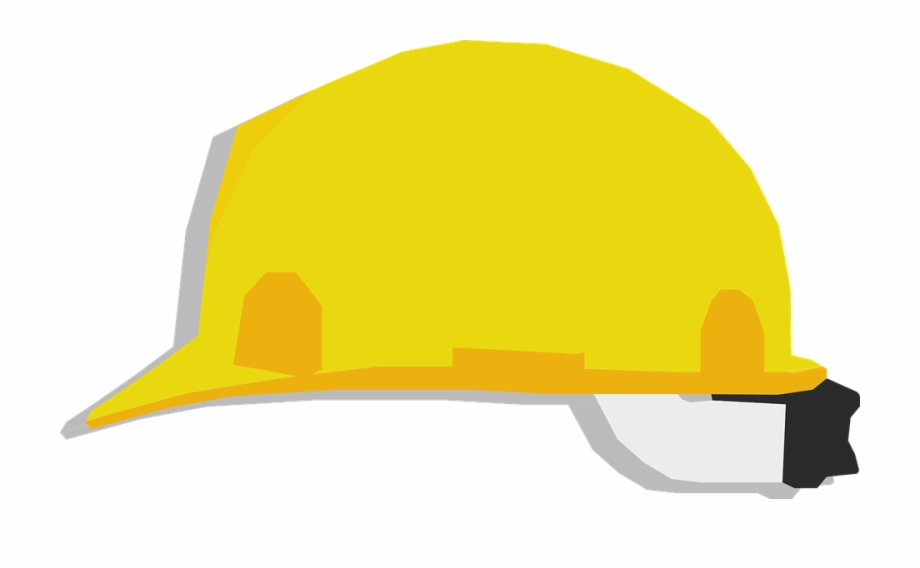

Before we would present the logo concept to a client. We will then render the scene to a PSD file so we can make a few more edits and photo shop.
Adobe dimension hat how to#
After going over how to apply in, adjust various types of light. Then we will add a logo, either the logo I designed from the support files or a logo you designed in Adobe Illustrator already finally We will review how to adjust the camera angles in the workspace, including adding camera bookmarks that we can refer to later when rendering the image. We will then apply and customize the material to the surface of the model before adding some graphics to show how fun and easy it is to apply graphics to models. Well, first go over the tools and workspace before adding and customizing a three D model in the scene. We can also apply graphics onto models or his backgrounds, and the graphic file formats that we can use include J.

The model file formats that we can import into dimension include Obi J F B X STL, an escapee.
Adobe dimension hat software#
So by the time you complete the course, you will know how to use the software program well enough to use it in other contexts as well. Although our project is a logo application, this course includes the essentials of Adobe Dimension. However, dimension can also be used in environmental design, architecture, er, advertising and even abstract and conceptual art. Of course, our project in this course is to apply a logo onto a model within a scene, so the focus is branding logo design and packaging. We can adjust models as faras, scaling or re sizing them, rotating them, moving them around and adjusting the lighting. Instead, we used to mention to import three D models or use models already provided with software in order to apply materials, lighting and graphics to them. And practice with Dimension is a three D rendering and design software program, but models are not designed in dimension. And Resource is area in order to follow along. Or you can use the support file that I've added to the project.

Or maybe you took one of my logo design courses where you designed an illustrator file and made a logo is one of those projects or another class. So here, on skill share, the project is a logo design concept and presentation of it in a three D space so you can use an Adobe illustrator file of a logo that you designed already on your own. And in this course you'll learn how to use Adobe Dimension by applying a logo onto a three D model in order to represent the logo to a design client. Using Adobe Dimension to Present Logo Concepts to Clients: Hello, I'm Chad. To help them, Adobe is adding support for 3D scenes to its Adobe Stock catalog and those who have mastered Dimension can also now offer those scenes in Adobe Stock, too.1. One of the biggest issues for designers who want to get started with a tool like this is having access to 3D models. Dimension will also try to automatically align objects with the horizon. Using its machine learning smarts, Adobe’s tool will try to automatically determine the best lighting for a scene and position its lighting source in the right spot. Like similar applications, it’s split between a design mode that lets you arrange your assets, assign textures and materials and work on lighting, and a rendering mode that creates the final image. Dimension keeps things simple but is still powerful enough to allow designers to create photorealistic images for their packaging, product shots and branding needs. The general idea behind Dimension is to give designers the necessary tools to bring their 2D and 3D assets together without having to study what are typically highly complex and specialized applications. With this, Project Felix/Adobe Dimension becomes a fully fledged member of the Creative Cloud family. Today, this tool is coming out of its preview period and the company is launching it under a new moniker: Adobe Dimension. Almost exactly a year ago, Adobe launched Project Felix, its 3D compositing tool for designers who want to combine their 2D images with 3D assets.


 0 kommentar(er)
0 kommentar(er)
